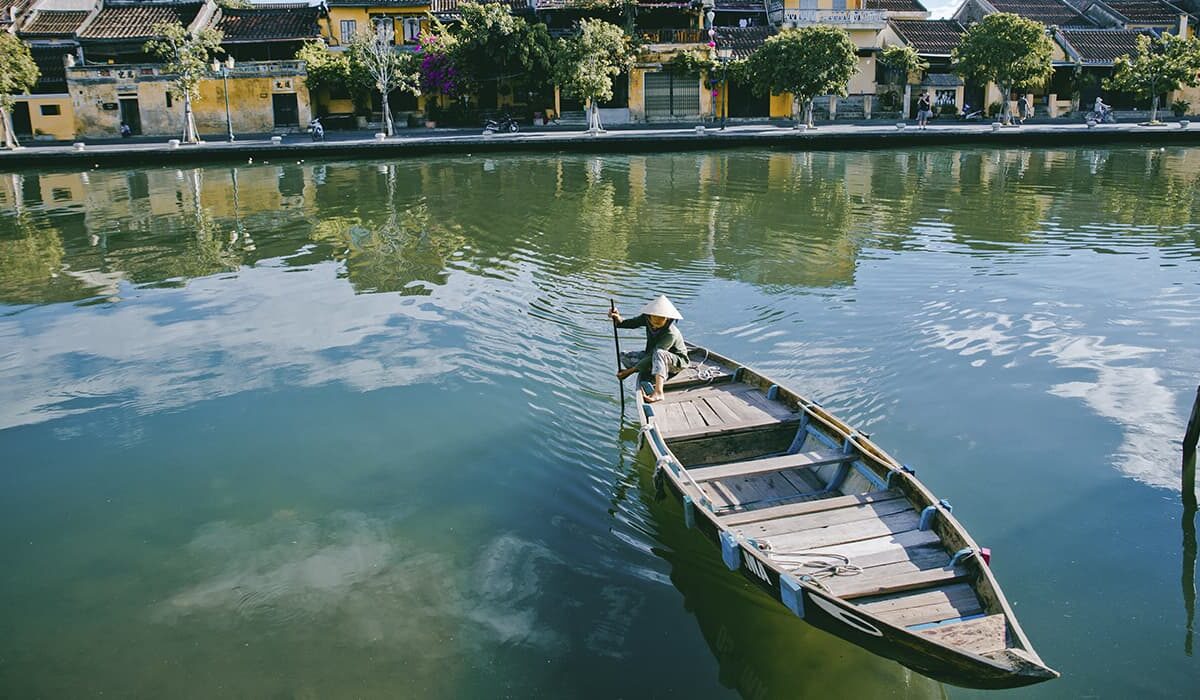Sandy beaches (more than 3 thousand km) are next to mighty cliffs, tropical forests – with pine groves, and mountains – with plains, ruled by squares of rice fields. According to an ancient myth of creation, Vietnam was born a dragon and a fairy bird, and today this country is one of the favorite vacation spots of Europeans.
Here you can conquer a mountain peak, go fishing, take a mountain bike ride or go on a river cruise. Binh Chau springs with hot mineral water (+40°C) are open all year round for tourists, and practically every hotel on the coast has SPA-saloons, where guests will be offered an oriental massage with oils and procedures based on therapeutic clay.
Vietnam is ready to please tourists with an abundance of diverse entertainment: from elephant riding, visiting crocodile farms and snake restaurants, where they cook half a dozen dishes of cobra – to casinos and nightclubs. The country has about 30 national parks, the most famous of which, Halong Bay, consists of 3,000 islets, caves and bizarre cliffs. The “highlight” of Vietnam is cheap and interesting diving. The South China Sea is rich with coral reefs, fish of fabulous colors, and on the islands are created pearl plantations and turtle farms.
Vietnam’s history is a succession of wars for independence. Many monuments that have become symbols of the indomitable spirit of the Vietnamese – from fortresses from the time of the Chinese and Mongol invasions to the underground cities of Cu Chi, where Vietnamese guerrillas were hiding and where tall American soldiers could not penetrate.
These tunnels began to dig with improvised means without the use of machinery in the late 40s during the war with the French, and in the 60s the system of underground cities greatly expanded. Several levels of Cu Chi have all the necessary infrastructure: living areas, canteens, kitchen and ventilation, hospitals, weapons workshops, headquarters bunkers, a system of reserve passages and an arsenal of traps. The Vietnamese are a brotherly people to all tourists from the former Soviet Union. Many Vietnamese studied and worked in the RSFSR, and one can still experience a sense of nostalgia for the Soviet past in Vietnam. In the social market economy of the country there is also a place for free competition and pioneer organizations. While the body of Lenin rests in a tomb in Moscow, in the Vietnamese capital, Hanoi, the mausoleum of Ho Chi Minh, Vietnam’s greatest communist leader, is open. Hanoi has a Vietnamese-French flavor. French colonizers left a legacy of many buildings in the colonial style, and the Vietnamese have built pagodas, palaces, the Temple of literature and restaurants, styled as a village. In the center of Hanoi’s Old Quarter is the “Lake of the Returned Sword.”
According to legend, the peasant Le Loi, who led the liberation movement in the 15th century, was helped by a turtle by lending him a magic sword. In honor of Le Loi’s victory, the Ngoc Son Pagoda and the Turtle Tower were erected on the shores of the lake. In the evening, there are water puppet shows on the lake, lit by torches and candles.

